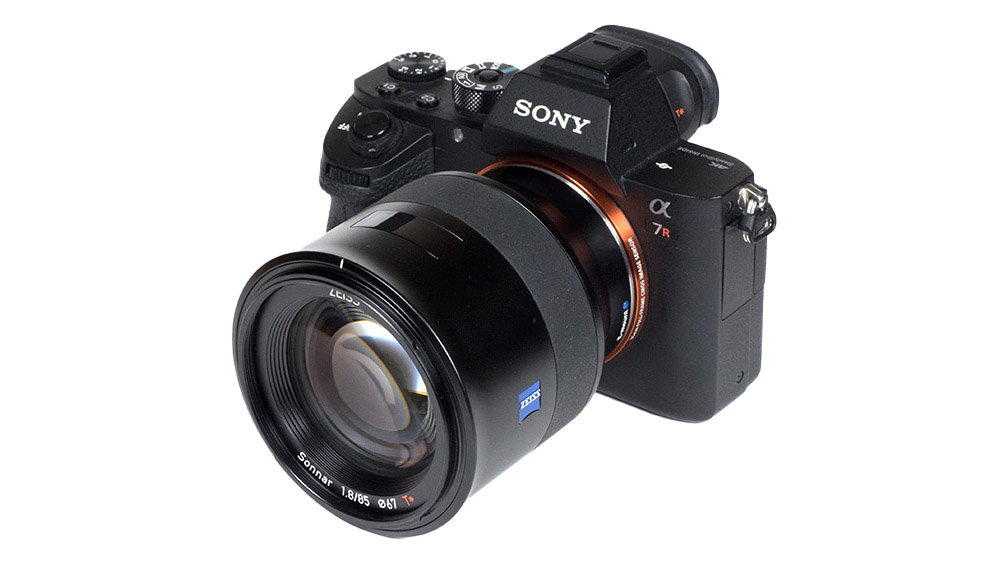
Sony mirrorless camera users are quite blessed with a variety of medium tele prime choices. There are no less than 4 different Sony/Zeiss 85mm lenses plus the Sony 90mm f/2.8 macro and, of course, the Sony 100mm f/2.8 STF (and a bunch of exotics). Among the 85mm gang, there’s the Zeiss Batis 85mm f/1.8 which we’ll discuss in the scope of this review. It is a so-called “Sonnar” design which relates to fast Zeiss lenses. That being said, the Sony 85mm f/1.4 GM is faster still but therefore also bigger and quite a bit more expensive … although the Zeiss isn’t exactly cheap at around 1100USD/1200EUR.
The quality of the construction is generally superb except for some well-known Zeiss oddities. The lens body is made of metal and it maintains a constant physical length throughout the focus range. Professional and outdoor photographers will also appreciate the weather-sealing. The broad rubberized focus ring operates smoothly. However, the body coating is very prone to fingerprints and scratches and the rubberized focus ring is exceedingly prone to dust. It remains a mystery how Zeiss came to the conclusion of using these surfaces but it seems as if they aren’t willing to fix this. Zeiss is also continuing with its long tradition of providing the worst lens caps of the industry. A deep barrel-shaped lens hood is part of the package.

The Batis lens uses a linear autofocus motor which is reasonably fast and silent. Typical for most mirrorless lenses, manual focusing works “by wire” thus you are driving the internal motor by turning the focus ring. Normally that would also translate to omitting a focus scale (because the focus ring is free floating). However, Zeiss implemented a digital OLED display that provides both distance and depth-of-field guidance in manual focus mode. The display is back-illuminated thus unlike a conventional distance-scale you can also read the numbers in the dark. Technically it is an interesting solution but we suspect that for most users it’s probably not really more than a gimmick. The manual focus action itself is Okay but not great. It is noteworthy that the Batis 85mm f/1.8 uses a floating system which adjusts the focus group for better close focus correction.
An interesting albeit also somewhat hidden feature is the image stabilizer. Unlike all the other manufacturers, Zeiss doesn’t even bother to mention it in the lens name. They also make a secret regarding its efficiency – at least we haven’t found any documented figures and whether the system works in conjunction with the in-camera IS system or not. There’s also no IS selector on the lens thus you have to use the camera menu to disable it when needed. In real life, we’d rate the IS system around 3-ish f-stops.
| Specifications | |
|---|---|
| Optical construction | 11 elements in 8 groups inc. 2x ED elements |
| Number of aperture blades | 9 (circular) |
| min. focus distance | 0.8m (1:7.9) |
| Dimensions | 81×92.0mm |
| Weight | 475g |
| Filter size | 67mm |
| Hood | supplied, barrel-style, bayonet mount |
| Other features | dust- and moisture-resistant, image stabilizer, floating system |
Distortion
The image distortion is a bit of mixed bag, honestly speaking. The raw distortion is as high as 2% (pincushion style) which is downright disappointing for a medium tele prime lens. However, most users will probably enable image auto-correction anyway and the system manages to bring down the distortion to just 0.4% which is usually not relevant anymore.
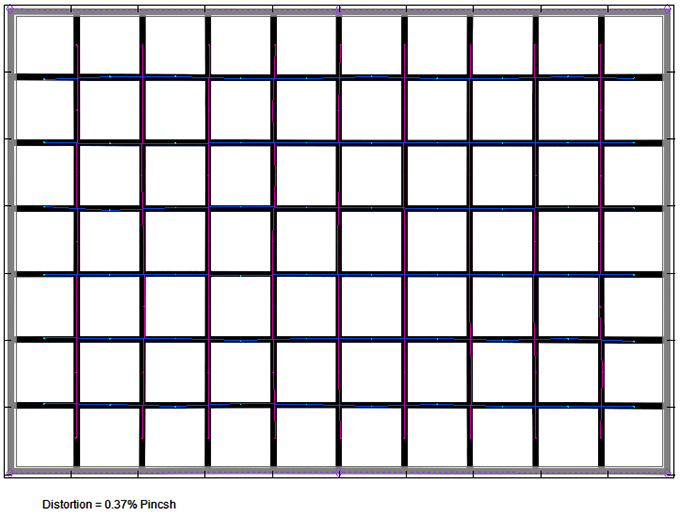
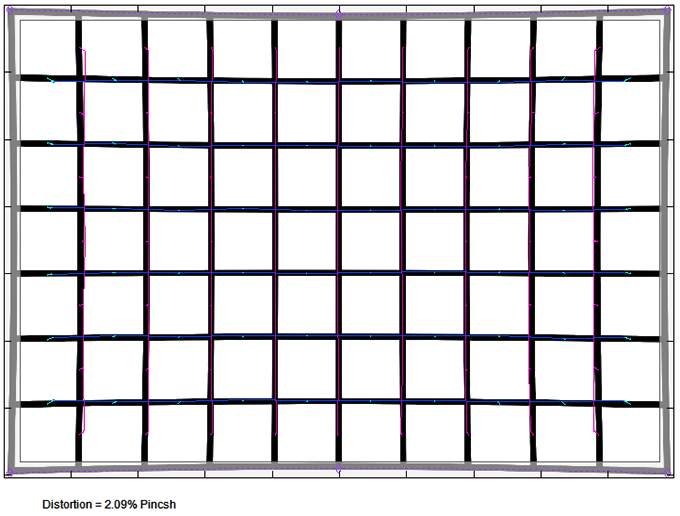
Vignetting
The Zeiss Batis 85mm f/1.8 follows an old Zeiss tradition – very high vignetting. At f/1.8 the raw vignetting reaches 2.6EV (f-stops) which is too high in this speed class. Stopping down to f/2.2 reduces this by roughly an f-stop. The issue is acceptably reduced by f/2.8 and good from f/4 onward.
However, again, if you use image auto-correction the really visible vignetting is limited to f/1.8 with a light-falloff of 1.2EV.

MTF (resolution)
The resolution characteristic of the Zeiss lens is nothing short of stellar (at 42 megapixels). The quality is already superb across the frame at f/1.8 – it doesn’t really get any better than this. Stopping down doesn’t improve the quality anymore (nor is this needed anyway). It is somewhat odd that the resolution figures stay exceedingly high at and beyond f/8. Diffraction effects should have a more deteriorating effect here. We suspect that f/11, as displayed by the camera, is really more like f/8 in the real world (interestingly we have seen this in another Sony 85mm lens as well).
The centering quality of the tested sample was quite good. Field curvature is marginal.
Please note that the MTF results are not directly comparable across the different systems!
Below is a simplified summary of the formal findings. The chart shows line widths per picture height (LW/PH) which can be taken as a measure of sharpness. If you want to know more about the MTF50 figures you may check out the corresponding Imatest Explanations.

Chromatic Aberrations (CAs)
The Zeiss lens produces a low amount of lateral CA (color shadows at harsh contrast transitions) of around 0.7px on average at the image borders. This is usually nothing to worry about.

Bokeh
The quality of the out-of-focus blur – aka bokeh – is about as important as the sheer sharpness in this lens class. The Zeiss lens doesn’t disappoint here although there’s a bit room for improvement.
Out-of-focus highlights are nicely rendered at f/1.8. The highlight discs are smooth, albeit not perfectly, and without any noticeable outlining effect. The circular disc shape deteriorates fairly early though. You may notice traces of an “edgy” aperture at f/2.2 already (see below).

The circular discs dissolve to ellipsoid shapes near the borders. This is quite normal and it can be reduced by stopping down.

The general blur in the difficult focus transition zone is very good but, again, not perfect. You may notice that e.g. the “crown” in the background image (to the left below) is somewhat busy if we are nit-picky here. The foreground zone (to the right below) is very smooth though.

Bokeh Fringing
So-called bokeh fringing is an effect that occurs around the focus point (on the Z-axis). It’s visible as halos of different colors in out-of-focus areas – magenta (red + blue) in front of the focus point and green beyond.
Unfortunately, the Zeiss Batis 85mm f/1.8 isn’t designed to correct this defect. The color fringing is visible from f/1.8 to f/4.
If you traverse through the aperture range below, you will also observe that the focus remains static (thus no residual spherical aberrations).
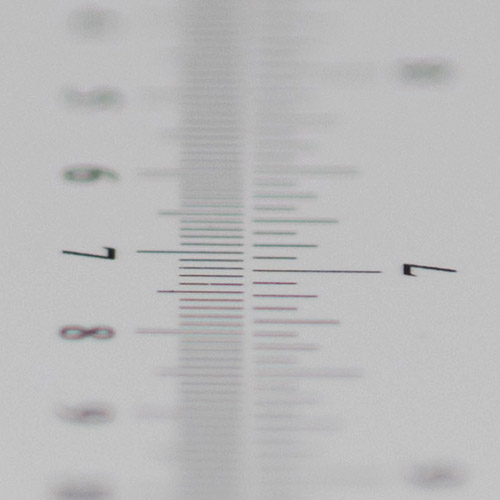
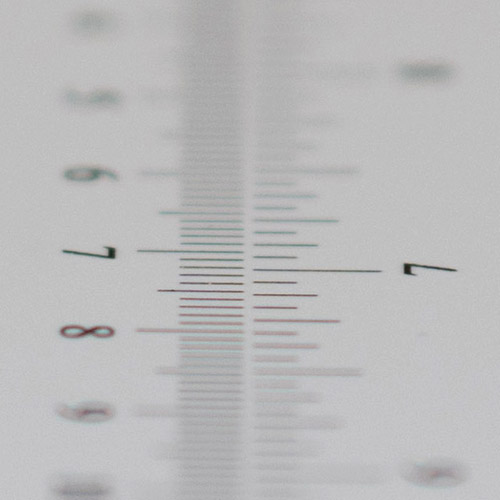


Sample Images
The Competition
As already mentioned there is a bunch of other lenses competing for your money. Professional users may prefer the Sony 85mm f/1.4 GM (to the left below) due to its better potential of producing an even shallower depth-of-field. Quality-wise we don’t really expect any gain here though. The Sony lens doesn’t feature an image stabilizer so it is not necessarily the better choice for low light photography either. On the more affordable side of the spectrum is the Sony FE 85mm f/1.8. At roughly half the costs of the Zeiss Batis 85mm f/1.8, it certainly has the value aspect on its side and it’s no slouch either performance-wise. However, again, it has to live without an image stabilizer.

Visual comparison courtesy of camerasize.com.
The Zeiss Batis 85mm f/1.8 is one of the best lenses that we have reviewed so far. It isn't just a sharp lens. It is excessively sharp even at fully open aperture. It also maintains a high image quality at close focus distances. Low CAs add to the goodness. That being said - it is not a perfect lens. Image distortions and vignetting are weak spots making it almost necessary to take advantage of Sony's image auto-correction. The quality of the bokeh is very good but there are a few lenses out there that are better still. That also applies to bokeh fringing which is on the high side.
The build quality is up to professional standards - a metal body, no wobbly parts, weather sealing - that's all excellent. However, we are still no big fans of the slippery surface coating, the dust catching focus ring and the dismal quality of the lens cap. The AF speed is good albeit not extremely fast. The OLED display on the lens is a looker for sure … whether it's really useful may be a different question.
Even when taking its downsides into account - the Zeiss Batis 85mm f/1.8 is an awesome lens. Therefore … highly recommended!
-
Optical Quality
-
Build Quality
-
Price / Performance

